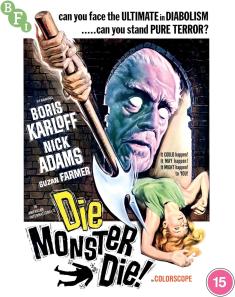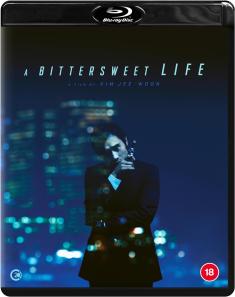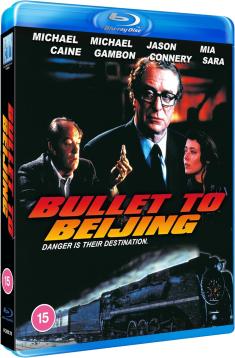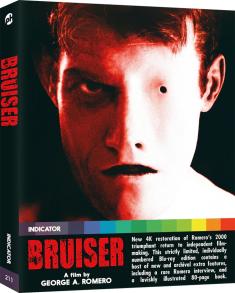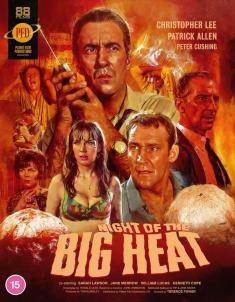Halo Reach
Overview -
Ready your pitchforks and torches, for I am no “Halo fanboy.” Truth be told, when the original “Halo: Combat Evolved” hit the X-Box what feels like ages ago, I played it and barely managed to reach the end. It felt derivative and clunky and to someone who had put in many hours with “Perfect Dark” and “Half-Life.” When “Halo 2” came out, I gave it a shot and was again, unimpressed, although “Half-Life 2” coming out within weeks might have had something to do with that. My disinterest in Halo became hatred over what I felt was empty hype. Then “Halo 3” arrived and I began to view things in perspective. For console-only gamers, “Halo” and “Halo 2” were revelations, offering a quality of game play usually reserved for PC players. “Halo 3” entertained me, but I still couldn’t buy into the story of Master Chief, but eventually the series would win me out with a bit of stunt casting, employing most of the cast of “Firefly” to voice “Halo 3: ODST.” It was the first game in the series I bought new and through it I developed a greater love for “Halo 3’s” multiplayer. Now comes “Halo: Reach” the last Halo release under Bungie, the creator’s of the franchise and the first to really push the 360 to its limits. Does it live up to the hype?
Video Review
It’s not perfect, but it comes oh so, close. The new engine “Reach” was built on gets to show off the capabilities of the 360 with much more pronounced results in the visual department. The little things that players tune out over time, like the hands of your character are constant visual cues to keep you immersed in the game world. Textures are crisp and smooth, giving various materials and items a distinct visual “feel” to them, a point highlighted by the contrast between Spartan armor and Covenant weaponry.
The environments aren’t mind boggling, but instead more grounded in reality, if you can call an alien world reality. A definite distinction is made between organic and inorganic, with invasive technology from both sides of the board looking like tumors on a lush, vibrant, and best of all, colorful planet. As the game progresses to more extreme environments, the visuals are no less engrossing, giving a sense of isolation and removal from the natural world, replacing epic ground battles with ominous, sterile monuments to technology punctuated by swift moments of brutality.
Character models are equally impressive, coming off more natural than ever before, with Covenant acrobatic maneuvers no longer feeling detached from the rest of the game. Things take a bit of a hit in multiplayer, where models feel just a tiny bit scaled back and a bit stiffer. Other than that, “Reach” runs smoothly, with no major instances of pop in or rendering issues. A few levels might be classified as repetitive and slowdown is still a problem in the middle of chaotic firefights, but when the engine is pushing the system like “Reach” does at times, it’s understandable.
Audio Review
The bad news first, compared to ODST, the adequate voice acting in “Reach” is the sole black mark on the game. Not all actors are bad, it’s just most aren’t really great. They serve their purpose and keep the game rolling, but some of the clunky dialogue they’re handed feels stiff and unrehearsed.
Everything else…gold. Depending on how you play the game, “Reach” will keep you on your toes with an in-your face aural experience. It’s a very front and center heavy game, with ambience surrounding you and the occasionally ambush or messy quarrel providing chaos for the ears. The effects have all been finely tuned with familiar sounds returning with new life and force, highlighting the destructive nature of “Reach’s” arsenal. The little low-end thuds in plasma-based weapons are a real treat, as are the dirty exhaust sounds from the newly added jetpack.
To avoid getting hate mail, I must mention that “Halo: Reach” has a soundtrack. Another no-brainer, is “Reach’s” score is cinema quality, mixing classical heroic elements with the modern, physical rock sounds. By now the Halo series should have an identifiable sound to it, no different than a Star Wars movie, and “Reach” is no exception to the rule. When the score is let loose, it puts your system to work.
Those tired of Master Chief’s super heroics will drawn in by the “men (and women) on a mission” saga of Team Noble’s battle for a doomed planet. Those wanting more Master Chief will find sparks of greatness, but ultimately let down. Either way, “Halo: Reach” doesn’t disappoint and delivers a true successor to the already stellar “Halo 3.” As a swan song for Bungie’s involvement on their company making series, “Reach” is a fitting end (for now) to quite possibly the best, console based FPS in the past decade.





